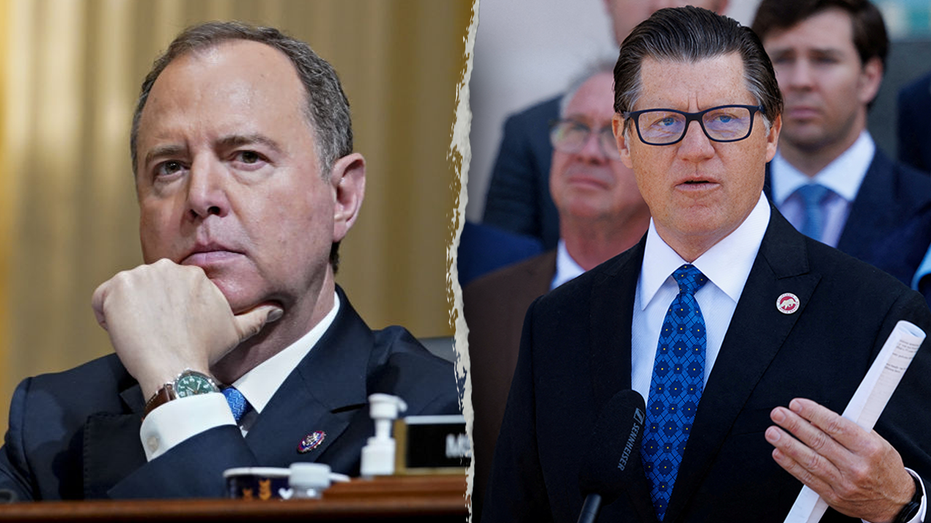A significant development has stirred the political landscape of California, as the Trump administration has moved to reopen the Santa Ynez offshore oil project. This strategic decision, touted to unlock an estimated 190 million barrels of recoverable oil, has reignited a fierce ideological battle between the state’s leading Republicans and its prominent Democratic figures, setting the stage for a high-stakes confrontation over energy policy and environmental stewardship.
California’s top Republican in the State Senate, Brian Jones of San Diego, lauded the Trump administration’s intervention, characterizing the offshore reserves as an “oil goldmine” that has been unjustifiably blocked by Democratic politicians. Senator Jones emphasized the potential for responsible production to bolster the state’s economy and create jobs, arguing that California is uniquely positioned to benefit from its vast, untapped energy resources.
In stark contrast, Democratic leaders, including Congressman Adam Schiff and Congressman Salud Carbajal, have vociferously opposed the project’s resumption. Their objections are rooted in deep environmental concerns, drawing parallels to the devastating Refugio oil spill from a decade ago. They argue that reopening offshore drilling sites poses an unacceptable risk to California’s fragile coastal ecosystems and undermines crucial efforts to combat the ongoing climate crisis.
Schiff and Carbajal articulated their position in a joint letter, highlighting the pervasive threats posed by fossil fuels to the environment, particularly within California. They underscored the severe impacts of climate change, citing recent unprecedented disasters, and criticized any policies that could potentially gut federal protections or exacerbate the climate emergency in a state already highly vulnerable to environmental calamities.
Proponents of the project, echoed by Senator Jones, contend that it is imperative for California to re-evaluate its energy strategy and capitalize on its domestic reserves. They advocate for a return to the state’s historical prominence as a hub for the energy industry, emphasizing the economic benefits of increased oil production, including job retention and business growth, especially for local communities impacted by industry shifts.
Governor Gavin Newsom has also weighed in on the broader energy discourse, acknowledging global energy uncertainties and market irregularities. He has previously pointed to federal policies as contributors to economic instability within the global energy market, a factor that directly impacts California’s energy landscape and its consumers, emphasizing the complex interplay of state and national energy strategies.
However, the assertion of external factors influencing California’s energy woes has been met with skepticism by state Republicans. Assembly Minority Leader James Gallagher, the second-highest ranking Republican in California, directly challenged the Governor’s claims, signaling a continued partisan divide on the fundamental causes and solutions for the state’s energy challenges.
The reopening of the Santa Ynez Unit symbolizes a pivotal moment in California’s ongoing energy debate, encapsulating the tension between economic imperatives, energy independence, and environmental protection. As the project moves forward, the deep-seated disagreements between state and federal factions, and across party lines, are set to define the future trajectory of California’s energy policy and its commitment to both economic prosperity and environmental sustainability.






Leave a Reply